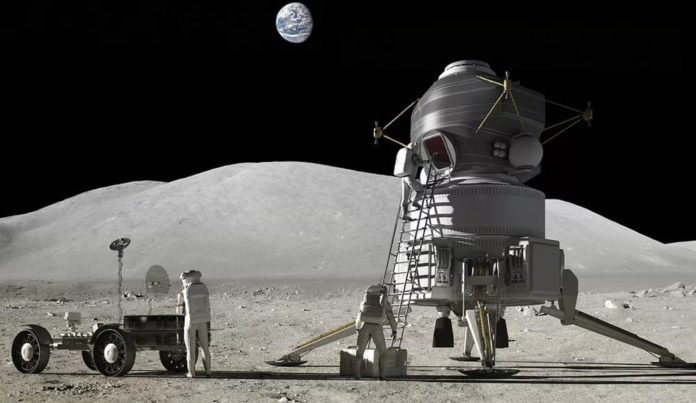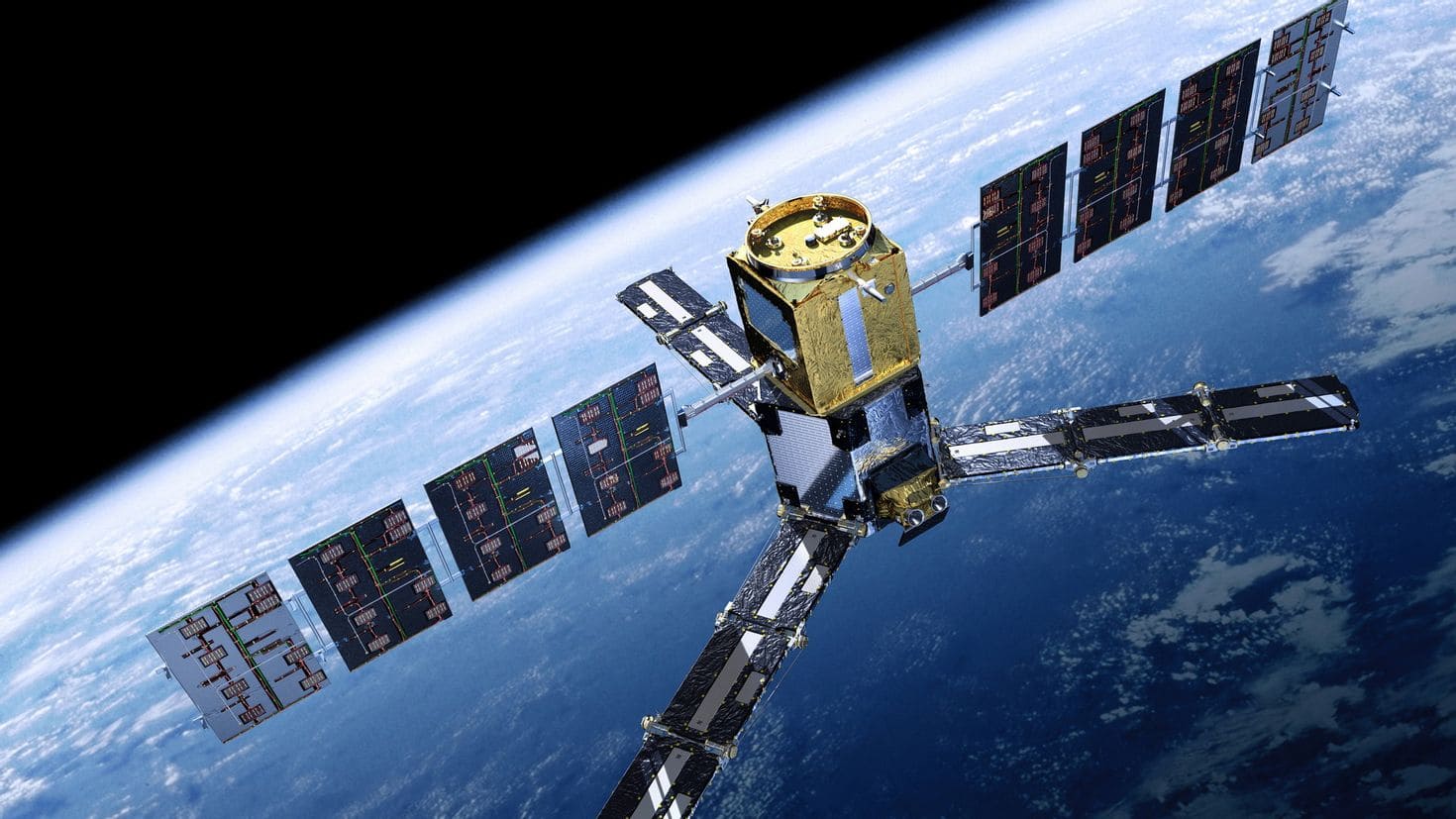The Moon has always been a source of wonder and curiosity for humanity. From ancient mythologies to modern scientific missions, the Moon has played a pivotal role in our quest to understand the universe. The journey of exploring the Moon has been filled with incredible achievements, technological advancements, and profound discoveries. This article provides a comprehensive historical overview of Moon exploration, highlighting key milestones and future prospects.
Ancient observations
Moon in mythology and culture
The Moon has been a central figure in mythology and culture across civilizations. Ancient Egyptians associated it with the god Thoth, while the Greeks worshipped Selene and Artemis. The Moon’s phases were often linked to agricultural cycles, influencing planting and harvesting times.
Early astronomical observations
Before the advent of telescopes, early astronomers like Aristarchus of Samos studied the Moon’s movements and hypothesized about its distance from Earth. Their observations laid the groundwork for future lunar exploration.
The dawn of telescopic study
Galileo Galilei’s discoveries
In 1609, Galileo Galilei revolutionized lunar study by using a telescope to observe the Moon. He discovered its mountainous terrain and craters, challenging the prevailing notion of the Moon as a smooth, perfect sphere.
Advancements in Lunar mapping
Following Galileo, astronomers such as Johannes Hevelius and Giovanni Battista Riccioli made detailed lunar maps. These maps provided valuable information for future lunar missions.
Early rocketry and space exploration
The birth of rocket science
The foundation of modern rocketry was laid by pioneers like Konstantin Tsiolkovsky, Robert Goddard, and Hermann Oberth. Their theoretical and practical work in rocket science made space exploration possible.
World War II and the V-2 rockets
During World War II, the development of the V-2 rocket by Nazi Germany marked a significant advancement in rocket technology. Post-war, these rockets became the basis for space programs in both the United States and the Soviet Union.
The space race begins
Cold War context
The Cold War rivalry between the United States and the Soviet Union spurred unprecedented investment and interest in space exploration. The Moon became a primary target in this race for technological supremacy.
The launch of Sputnik
In 1957, the Soviet Union launched Sputnik, the first artificial satellite. This achievement marked the beginning of the space race and set the stage for lunar exploration.
First Lunar probes
Luna missions by the Soviet Union
The Soviet Luna program achieved several firsts, including the first human-made object to reach the Moon (Luna 2) and the first successful landing and transmission of data from the lunar surface (Luna 9).
Ranger and Surveyor missions by the USA
In response, the United States launched the Ranger and Surveyor missions, which provided detailed images and data about the lunar surface, paving the way for manned missions.
Historic manned missions
The Apollo program
The Apollo program was NASA’s ambitious project to land humans on the Moon and safely return them to Earth. It was a series of missions that demonstrated the feasibility and safety of manned lunar exploration.
Apollo 11: first manned Moon landing
On July 20, 1969, Apollo 11 successfully landed on the Moon, with Neil Armstrong and Buzz Aldrin becoming the first humans to walk on its surface. Armstrong’s words, “That’s one small step for man, one giant leap for mankind,” echoed around the world.
Key Apollo missions
Apollo 12, 14, and 15: scientific explorations
Following Apollo 11, missions like Apollo 12, 14, and 15 focused on scientific exploration, collecting lunar samples and deploying scientific instruments on the Moon’s surface.
Apollo 13: the successful failure
Apollo 13, despite an in-flight emergency, demonstrated NASA’s ability to handle crises and return astronauts safely. The mission highlighted the resilience and ingenuity of space exploration teams.
Scientific discoveries from Apollo missions
Lunar rocks and soil analysis
The analysis of lunar rocks and soil brought back by Apollo missions provided critical insights into the Moon’s composition and geological history, revealing its similarities and differences from Earth.
Understanding the Moon’s geology
Discoveries from these samples helped scientists understand the processes that shaped the Moon, including volcanic activity and the impact of meteorites.
Post-Apollo era
Skylab and Apollo-Soyuz test project
Following the Apollo program, NASA focused on Skylab, the first US space station, and the Apollo-Soyuz Test Project, which marked the first international human spaceflight mission.
Decline in Moon missions
Interest and funding for lunar missions declined in the late 20th century, shifting focus to other areas of space exploration, such as Mars and the outer planets.
Resurgence in Moon exploration
Lunar Reconnaissance Orbiter
Launched in 2009, NASA’s Lunar Reconnaissance Orbiter has been mapping the Moon in unprecedented detail, providing data for future missions and helping to locate suitable landing sites.
Chang’e missions by China
China’s Chang’e program has achieved significant milestones, including landing rovers on the Moon and bringing back lunar samples, marking China as a major player in lunar exploration.
Private sector involvement
SpaceX and Blue Origin
Private companies like SpaceX and Blue Origin have ambitious plans for lunar exploration, including developing landers and supporting infrastructure for human missions to the Moon.
Google Lunar XPRIZE
The Google Lunar XPRIZE spurred innovation by challenging private teams to land a rover on the Moon, travel 500 meters, and transmit high-definition video and images back to Earth.
Future prospects
Artemis program by NASA
NASA’s Artemis program aims to return humans to the Moon by 2024, with a focus on sustainable exploration and establishing a long-term human presence on the lunar surface.
International collaboration
Future lunar exploration is expected to involve significant international collaboration, with contributions from space agencies around the world, fostering a spirit of global unity in space exploration.
Technological advancements
New propulsion systems
Innovations in propulsion systems, such as ion thrusters and reusable rockets, are making lunar missions more efficient and cost-effective.
Advances in robotics
Robotic technology continues to advance, enabling more sophisticated and autonomous lunar exploration, which is crucial for both unmanned missions and supporting human activities on the Moon.
Moon exploration has come a long way since ancient astronomers gazed up at the night sky. From the pioneering Apollo missions to the ambitious plans of the Artemis program, each step has brought humanity closer to understanding our nearest celestial neighbor. The Moon holds the keys to many scientific mysteries and serves as a stepping stone for future space exploration endeavors. As technology advances and international collaboration increases, the future of lunar exploration looks brighter than ever.



